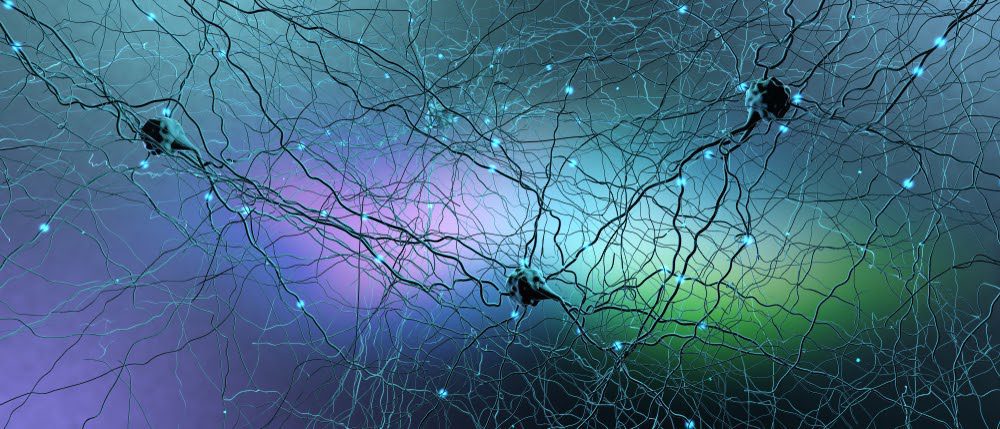
Defining Pain
The International Association Study of Pain uses the following definition for pain:
It is the emotional element that is distinctive about pain and which brings mental states into consideration along with the physiological.
That pain is a cause for deterioration of mental health is, we believe, self-evident. Chronic pain is a continuous torment that brings down the mood and negatively affects multiple aspects of life, bringing those who live with it to every conceivable level on the depression spectrum. However, this definition also implies something else: our emotions affect our experience of pain and so pain is, to some extent, “in the mind”. Can it be treated psychologically, over and above treatment for the psychological issues arising from pain?
A History of Pain in the Mind
The idea of pain being mostly in the mind has an extremely long lineage – back to Plato and possibly even earlier. Focus on how it could be physiological only developed one and a half millennia later when the study of anatomy progressed in leaps and bounds under the new spirit of scientific enquiry during the Renaissance. The birth of the modern scientific age in the early 19th century propelled that even further and propagated a variety of competing pain theories, each giving different weight to psychology. This culminated in Ronald Melzack and Patrick Wall proposing the Gate Theory of Pain in 1965.

The Gate Theory
Their aim was to reconcile competing theories and they did so by imposing an over-arching psychological element over all the physiological explanations. They acknowledged the existence of nerve cells specifically for pain – the “Specificity Theory” – but they claimed there was also a “gate” somewhere in the central nervous system, which permitted pain signals to pass through to the brain and be experienced.
That much is true: the signals require help in order to be propelled to the brain and opioids work by denying them that propulsion. However, their Gate Theory goes further: it claims that these gates can be controlled by our brain. The brain controls the perception of pain quite directly and can be “trained” to turn off forms of pain that are not “useful”.
It is a compelling theory but it does have one flaw; none of it is true. In the six decades since, all attempts to locate where these gates might be and what form they might take have failed. There are no gates and science has abandoned the search for them.
A Charlatan-Rich Environment
One would imagine that with its demise as a serious scientific theory its influence on pain treatment would decline too. In fact, one would hope that would happen because there are two corollaries to Melzack’s assertion that “pain is in the brain”, both unpleasant and false:
- you can alleviate your pain by force of will
- your suffering from pain is a measure of your lack of mental fortitude
The first has spawned whole regiments of charlatans promising “pain management”. The second is just plain mean.
Regrettably Melzack’s promotion of his pet theory has cast a long shadow over pain research. He founded the International Association for the Study of Pain in 1973 and it now dominates the pain landscape. Naturally its definition of pain is an implicit endorsement of his theories. In fact, that definition has an extended note attached to it for purposes of clarification. Among many obnoxious statements within it is this one:
We do not agree.
The Evidence for Specificity
Meanwhile, back in the world of physiology, the “specificity” theory was gathering increasing evidence in its support. The theory asserts that unique receptors – “nociceptors” – are the sole source of our experience of pain without psychological intervention.
Their presence and purpose was originally proposed by Sir Charles Sherrington in 1905 for which he won the Nobel Prize in 1932, while their existence and function was definitively established by Ed Perl and his colleagues in the late 1970s. Their conclusion was that once the pain signal is triggered, the only thing that can prevent pain being experienced is an opioid or opiate that blocks the signal. To put that scientifically:
This assertion remains contentious despite all the scientific evidence in its favour.

Pain in the Mind: a pre-Scientific Concept with a Horrible History
By contrast, the phrase “pain is in the mind” is in essence pre-scientific. It disregards centuries of brilliant anatomical and physiological experimentation and proposes that all is subject to our “humours and emotions”. Plato may nod in approval – so might Shakespeare – but no-one since the time of Descartes should nod along with them.
Such thinking does uncountable harm to sufferers: “Patient, heal thyself!” is a horrible thing to say, as too is the assertion that pain can only be “managed”. Yet these attitudes regrettably prevail in our contemporary “pain management” industry just as they did in the Victorian era’s obsession with women’s “hysteria”.
Of course, there is a psychological dimension to chronic pain, namely how to maintain mental health while under its assault. It is a horrible condition to be living with and the psychological effects are extreme. How much unnecessarily worse it is to be told that your suffering indicates that you lack mental fortitude? Melzack and Wall have a lot to answer for.
In repudiation of all these falsehoods a simple truth needs to be asserted far more loudly than it is: pain is real, pain is physiological and it can be treated and, for many conditions, it can be cured.



